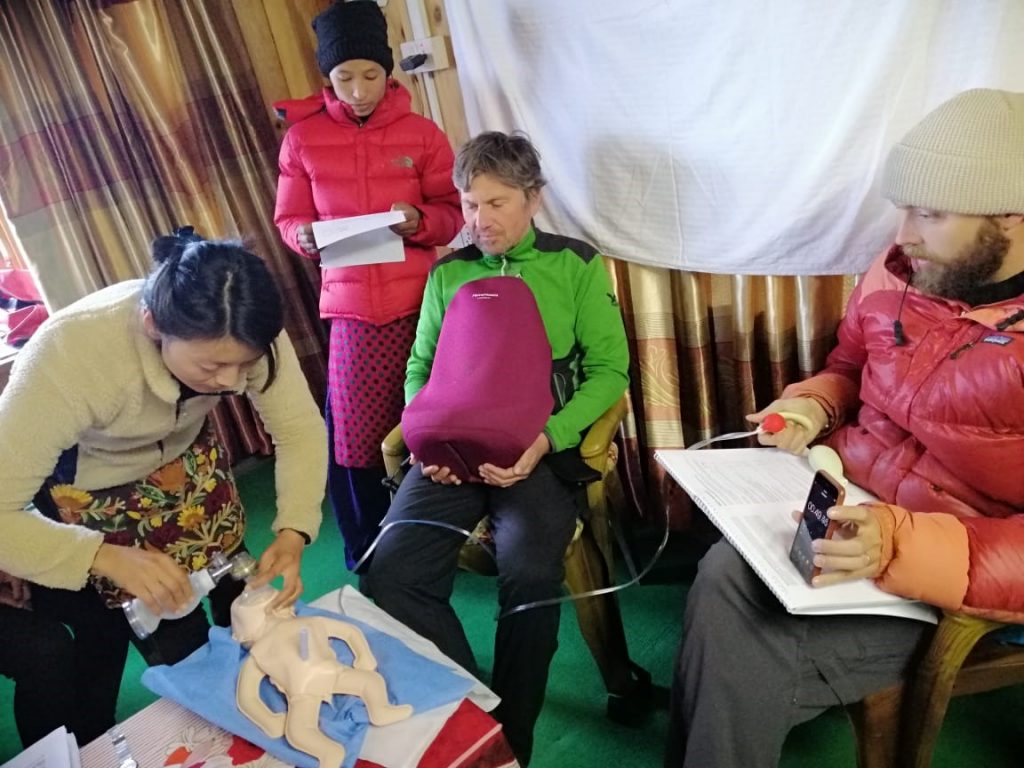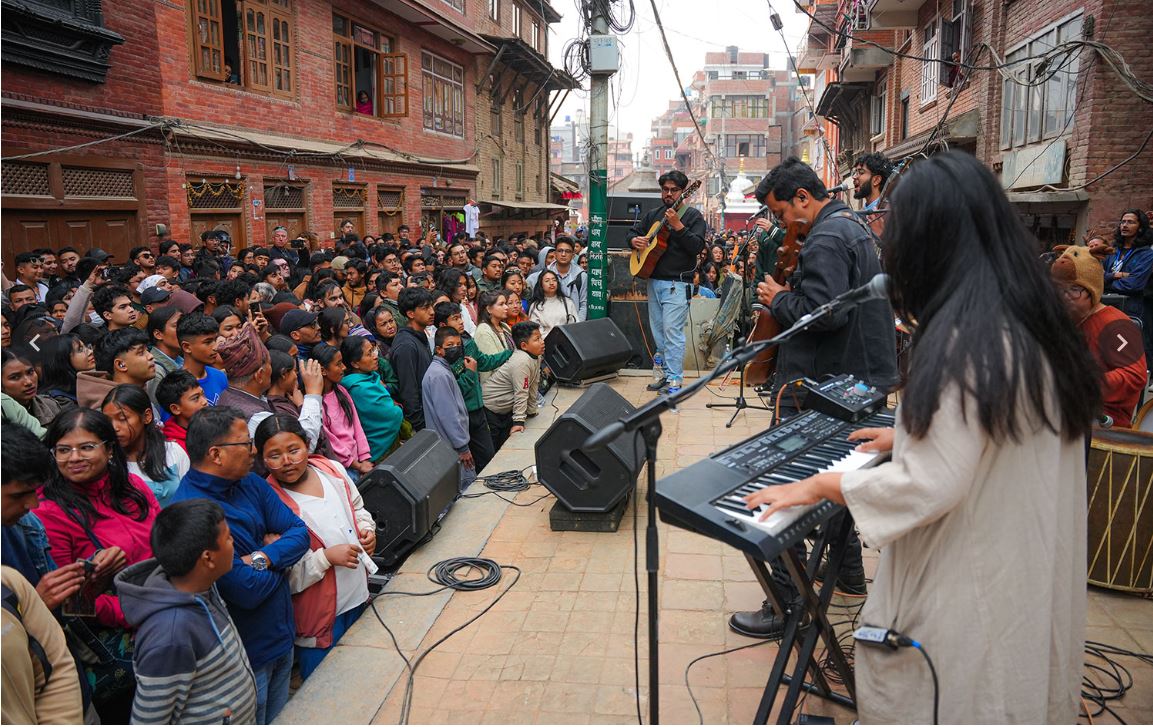Deprived of essential health facilities, many expectant and new mothers lost their lives this year even in the capital of the country. It, however, was an unusual circumstance created by the Covid-19 crisis for most of the women in Kathmandu easily access these services most of the times.
However, for the women living in Namkha, a rural municipality in upper Humla of Karnali, having childbirth at a designated health facility, assisted by trained personnel, still looks strange. Until two years ago, no one had learned anything about it. But, so much has been changed since then that some ‘fortunate’ women even get the delivery service at their own home.
This is their story.
Real remoteness
Before 2018, no institutional delivery was reported in Namkha, informs Nara Bahadur Bhandari, the health coordinator of Namkha rural municipality. The major reason was the lack of a birthing centre.
Although there were five birthing centres already established, none were operational for the want of skilled human resources and equipment.
“Earlier, only a few people who could afford used to go to a hospital for delivery,” he says, “Except for them, the majority of the expectant mothers used to deliver at homes.”
Until then, the nearest facility providing the parturition service was the Simkot Hospital in the district headquarters, around 35 kilometres away from the administrative centre in Namkha. With no means of transportation available, it takes around one day of the walk for the locals to reach the hospital.
Bhandari says the difficult terrain of this village is the main factor that caused this crisis. “That is why, the society, lifestyle of the people there and awareness are at a very low level compared to other places.” As he says, this place is far even from the basic infrastructures of development like education, health and communication.
Further, the settlements are so much scattered that it takes over a day even to reach one village to another within the same ward. This makes it difficult to provide services including health in an integrated and regular manner. Also, the lack of skilled health workers, proper government public health infrastructure, birthing centre equipment, and necessary medicines were other resultant problems.
“Also because of cultural barriers and health awareness in the people of Namkha, there were no institutional deliveries there until two years ago.”
The turning point
In the autumn of 2018, the local government operationalised four ‘defunct’ birthing centres in Hepka, Muchu, Yalbang, and Kermi. An NGO, Social Welfare Association of Nepal (SWAN Nepal) supported the government for the ‘Maternal and Child Health’ project. It also provided a two-month skilled birth attendant (SBA) training course to local auxiliary nurse midwives (ANMs) so as to enable them for the birthing centres.
Later, the two jointly operationalised the fifth centre also, at a community health unit in Khagalgaun. The rural municipality says the District Health Office also supported the project whereas the National Health Training Centre under the federal government also contributed to training.
Following the operation of the birthing centres, eight deliveries in the last fiscal year and so far 14 deliveries out of 105 expected live births in the current fiscal year have been done there by the trained midwives. Also, the health workers served four new mothers at their own home, informs Bhandari.
In these cases, the health workers went to the locals’ houses as it was not easy to sensitise the people to come to the birthing centres for delivery, claims Bhandari.
Meanwhile, the local unit is actively spreading awareness about the issue. “We conducted several orientation programmes and outreach events for local women’s groups and female community health volunteers. And, we still conduct it annually.” The SWAN Nepal is continuously partnering with the government in all these efforts.

According to the NGO, it also conducted a four-day extensive training for the staff of birthing centres of Namkha to provide them with additional knowledge. The four-day training course standardised by the World Health Organisation (WHO) included ‘helping babies breathe’ (HBB), ‘essential care for every babies’ (ECEB), ‘essential care for small babies’ (ECSB), and ‘helping mother survive’ (HMS).
Bhandari asserts that these training programmes have boosted the confidence of the health workers and this is making a notable impact on promoting institutional deliveries in Namkha.
‘Not enough’
According to Bhandari, there are only six permanent staff in the health section of Namkha rural municipality. Other 30 staff are working on a contract basis. Many government staff who are posted there do not want to report to the duty due to the difficult geographic, climatic and social conditions. That is why this place lacks skilled human resources.
Also, there is no ultrasound machine in the health posts or birthing centres for conducting the video x-ray of the yet-to-be-born child. If this was in the birthing centres, pregnant women and their families could know about the conditions of the babies inside them and decide and manage everything early on like going to headquarter or city, according to Bhandari.
In order to solve this problem, the rural municipality has been conducting a separate programme every year by bringing doctors from Simikot in every ward of the Namkha, informs Bhandari.
Although there still requires a lot of developments, the establishment of birthing centres has brought positive changes in the lives of expectant mothers and infants, the official states.
























